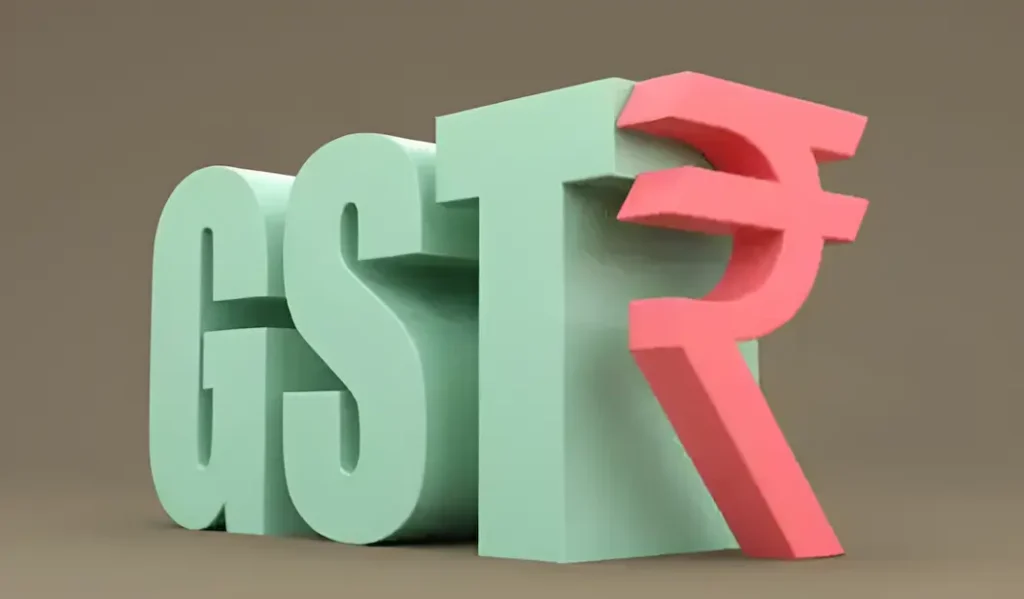
The GST Council is set to meet in July 2025 to discuss eliminating the 12% tax slab, a move that could streamline India’s indirect tax system
The 12% Slab Under the Scanner: Why It Matters
India’s Goods and Services Tax (GST) regime currently operates with four primary tax slabs 5%, 12%, 18%, and 28% alongside special rates for gold, diamonds, and luxury items. The upcoming 56th GST Council meeting, expected in early July, is poised to take a decisive step toward rate rationalisation by potentially eliminating the 12% slab altogether.
Table of Contents
The rationale? Simplification. By reducing the number of slabs, the government aims to make compliance easier for businesses and reduce confusion for consumers. If the 12% slab is scrapped, items currently taxed at this rate ranging from processed foods to certain household goods may be shifted to either the 5% or 18% bracket.
However, this isn’t just a numbers game. The decision could reshape pricing dynamics across sectors. For instance, moving items to the 5% slab might lower retail prices but could strip manufacturers of input tax credits, increasing their effective tax burden. On the flip side, shifting items to 18% could inflate consumer costs, especially for goods that have become everyday essentials, like toothpaste and soap.
Winners, Losers, and the Middle Ground
The proposed change is part of a broader effort to streamline India’s indirect tax system, but its impact will vary across stakeholders.
Consumers may benefit if essential items are moved to the 5% slab. This could make daily-use products more affordable, especially for lower-income households. However, if these items are bumped up to 18%, the opposite could happen—prices may rise, fueling inflationary concerns.
Manufacturers, particularly in the FMCG sector, are watching closely. At the 12% rate, they enjoy input tax credit (ITC) benefits. A shift to 5% would likely eliminate this credit, increasing their cost of production. This could lead to higher end prices or reduced margins, neither of which is ideal for a sector already grappling with rising input costs.
Service intermediaries, especially those dealing with foreign clients, are also on the agenda. Currently taxed at 18% even when exporting services, they’re pushing for zero-rated treatment a move that could save the sector ₹3,500 crore and boost India’s global competitiveness.
The Council is also expected to revisit the Compensation Cess, which was originally introduced to offset state revenue losses post-GST rollout. With states still under fiscal pressure, an extension of the cess is likely, though businesses are hoping for a time-bound phase-out plan.
Reform or Risk? The Road Ahead
Eliminating the 12% slab would mark a significant milestone in India’s GST journey. It aligns with the long-standing goal of simplifying the tax structure, making it more intuitive and business-friendly. But the transition must be handled with care.
Experts warn that abrupt changes could disrupt supply chains, especially if manufacturers lose ITC benefits. There’s also the risk of legal disputes, particularly if service intermediaries continue to be taxed despite providing services to overseas clients.
The Council’s decision will also set the tone for future reforms. If successful, it could pave the way for a three-rate GST system 5%, 18%, and 28% bringing India closer to global best practices. But if poorly executed, it could erode trust in the system and trigger price volatility across sectors.
As the July meeting approaches, all eyes are on Finance Minister Nirmala Sitharaman and the GST Council. Will they take the leap toward simplification, or opt for a more cautious, phased approach?
Conclusion:
The potential elimination of the 12% GST slab is more than a technical adjustment, it’s a litmus test for India’s commitment to tax reform. If done right, it could simplify compliance, lower costs, and boost economic efficiency. But the devil, as always, lies in the details.
Stay updated with the latest news on Rapido Updates. Keep yourself updated with The World, India News, Entertainment, Market, Automobile, Gadgets, Sports, and many more